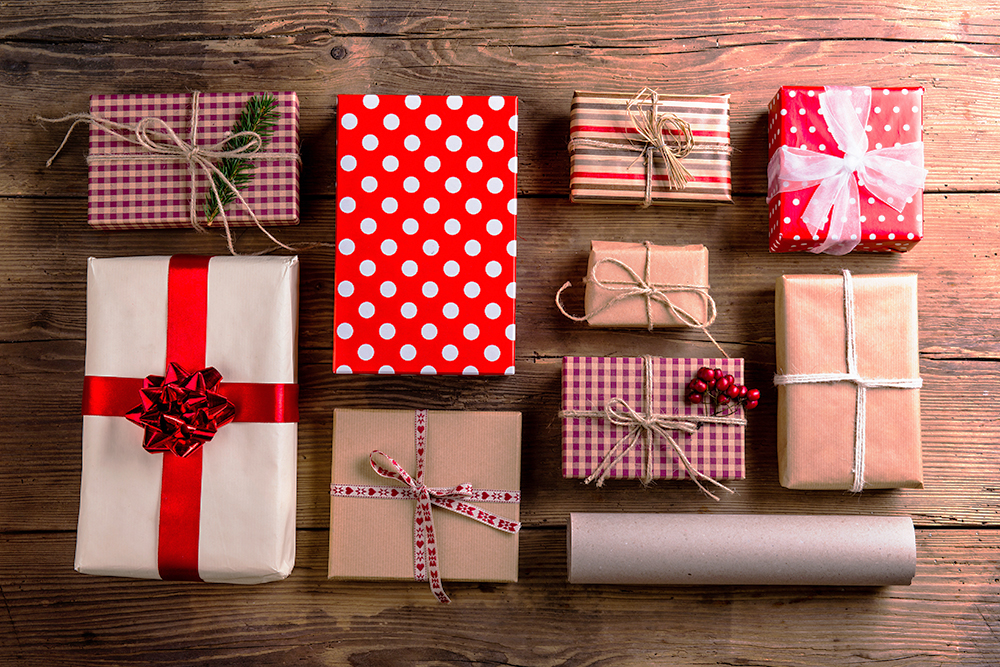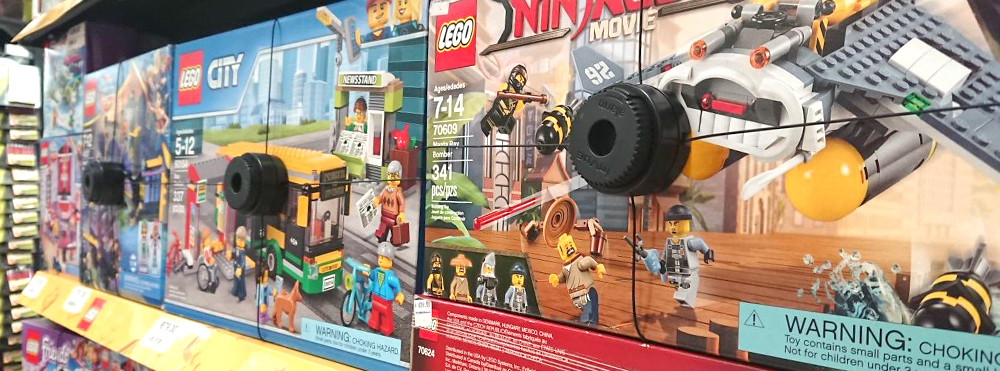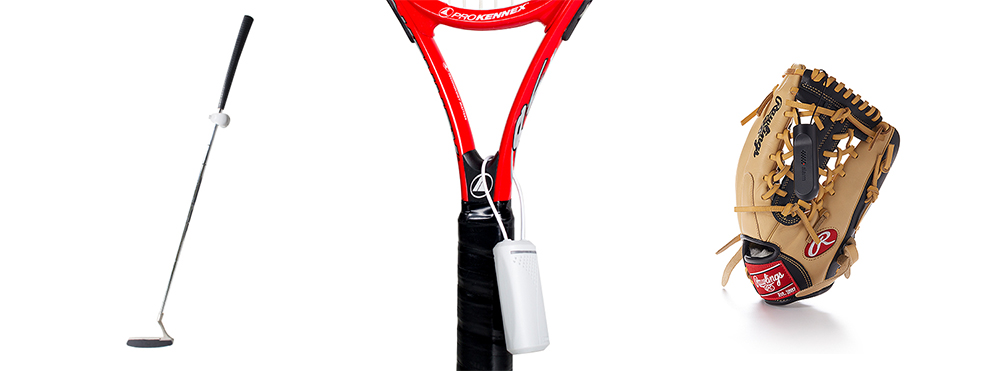Protecting the top selling Christmas items

With less than 70 shopping days until Christmas, now is the time many retailers are preparing to roll out, showcase and promote their Christmas stock.
It’s also the time many are turning their attention to retail security, looking at the best methods to protect this valuable merchandise from unwanted theft.
So, what will the hot-ticket items of 2019 be, and how can retailers guard these items against theft?
The top sellers
While each year might deliver new products, the latest toys or some burgeoning trends, the reality is the general types of products Australians seek as Christmas gifts don’t change too much across the years.
Toys are likely to be on most family’s gift list, apparel will be a hot-ticket item, and liquor will also get a look-in.
As for the cold, hard statistics, according to Deloitte research in 2018, these were the top items shoppers were looking to buy.
1. Gift cards (54 per cent)
Last year, gift cards ranked as the number one item that most shoppers intended to buy as part of their Christmas gift purchasing.
For retailers, gift cards can prove a major challenge in terms of both theft and fraud. Gift cards should be positioned close to the Point of Sale, and require activation at the POS.
2. Clothing (53 per cent)
Clothing is a gift staple that has shown no signs of losing popularity in recent years. Clothing and fashion accessories like handbags and shoes are best protected using Electronic Article Surveillance (EAS) featuring hard tags that are affixed to individual items.
3. Toys, dolls and non-electronic games (46 per cent)

It’s simply not Christmas if toys aren’t involved, and despite the rising popularity of electronics and gadgetry, they remain amongst the top three Christmas gift items each year.
Depending on the type of item involved, toys are generally protected using EAS comprising hard tags for soft toys, spider wraps for high-value boxed toys and games, and labels for high-volume, lower-value items.
Limited edition, high-value toys or games might also be protected using lockable display cabinets, which only staff can access.
4. Books (43 per cent)
The world may now be digital, but there’s no denying the enduring popularity of curling up with a good book. Books are generally protected using adhesive security labels. Higher value or rare books may be further protected in lockable displays.
5. Food/liquor (39 per cent)
With the festive season comes festive food and alcohol consumption, which sees food and liquor in fifth position as a popular gift.
Non-perishable food items are generally protected using security labels as part of EAS, while liquor can be protected using purpose-designed bottle top security tags, or lockable cabinets.
6. Cosmetics/fragrances/health and beauty aids (34 per cent)
The gift of a little luxury is a popular one at Christmas, making cosmetic, fragrances and pampering items a welcome gift.
Due to their easy re-sale, cosmetics and fragrances rank also among the most stolen items in retail. These are best protected using labels for high-volume items, and lockable displays for high-value products.
7. Money (32 per cent)
Gift cards might be the new currency, but for some there’s no going past cold, hard cash.
8. Jewelry (32 per cent)
Like cosmetics and fragrances, jewelry is a luxury item that has retained its popularity over many years.
How retailers choose to protect jewelry often comes down to the value of the product involved. For most jewelry stores, the lockable glass cabinet is the method of choice, while department stores or discount jewelry retailers opt for a combination of security labels and tags.
9. Sporting goods and athletic equipment (26 per cent)

Whether its golf clubs, a cricket set, or a netball ring, Australia’s love of the great outdoors sees sporting equipment a go-to item on many shopper’s gift lists.
Varying in size, style and value, sporting goods can be notoriously challenging to protect. However, some of the more common methods include:
- Security tags for sports apparel and footwear
- Spider wraps and labels for boxed goods
- Purpose-designed security tags for golf clubs
- Lanyards or cables and tags for items like tennis rackets
- Locked glass cabinets for smaller, high value items such as memorabilia
10. Homemade or craft item (25 per cent)
Christmas might deliver a retail boon, but for many people, there’s a still a desire to give the gift of the personal in the form of a handmade item.
Homemade items may not fall within a retailer’s purview, but the initial products that go into that item do. These are generally found in discount stores or at craft retailers and can be protected using security labels.
Electronics
A notable omission on this list is electronics such as tablets, IoT devices and mobile phones, but there’s no denying there’s a definite uptick in electronic device sales across the festive season.
Electronics are one of the most commonly stolen items in retail, which makes theft prevention a major priority. Top methods of preventing electronics theft include lockable interactive displays such as the InVue range, lockable cabinets, and stoplocks and spiderwraps for accessories like chargers.
You can learn more about the top shoplifting prevention tools available here.